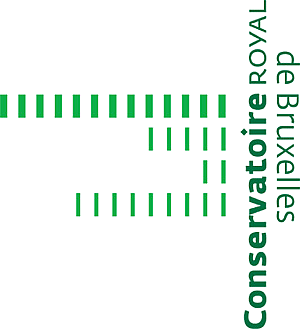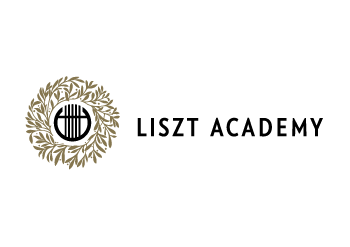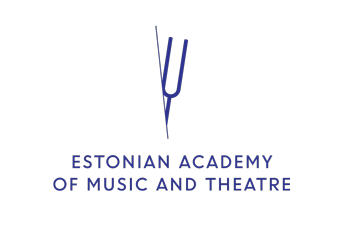Analysis of Compositional Forms
Conservatorio of Music "G. Verdi"
- A) The first part deals with music of Classic Age with an introduction to prolongation and elaboration techniques according to schenkerian perspectives with simple exercises of harmonic reduction. At the same time we study the Sonata Form essentially according to W. Caplin’s theory.
- B) The 2nd part deals with aspects of the so called “Second Practice” of Tonality (Kinderman & Krebs) on Nineteenth-century Music (Schubert, Chopin, Liszt, etc.) with an introduction to the neo-Riemannian theory and its analytical techniques;
- C) The 3rd parts is a brief introduction to Post-Tonal theory and Set Theory, with easy analytical examples on Music by Bartok, Webern, etc.
- Awareness of linear approaches to tonal music and about prolongation practice in linking chords;
- Discovery of new relationships and new analytical objects in Romantic and Late Romantic Music;
- Linking between the so called “Second Practice of Tonality” and some Twentieth-Century theoretical devices (Set- Theory)









